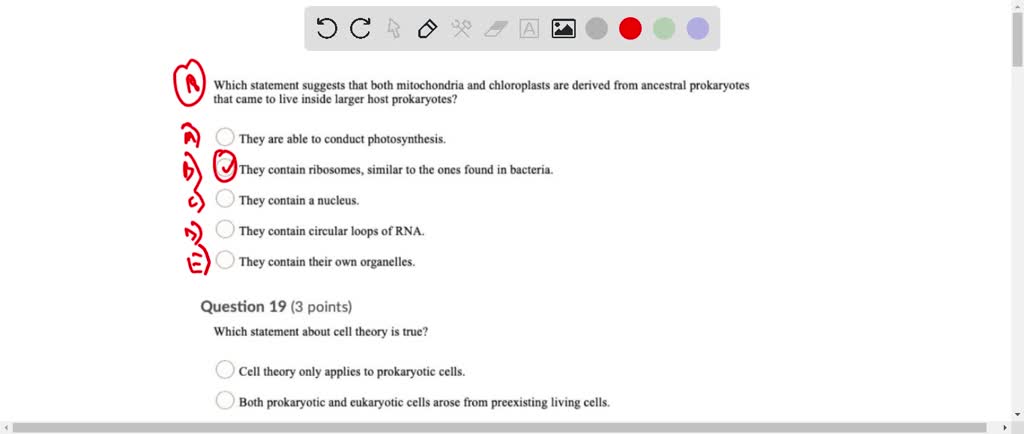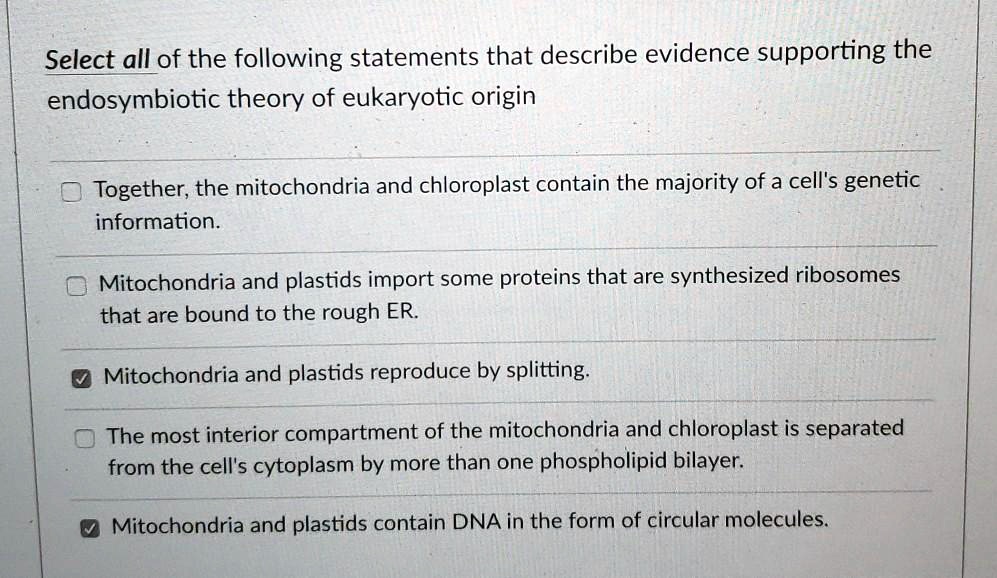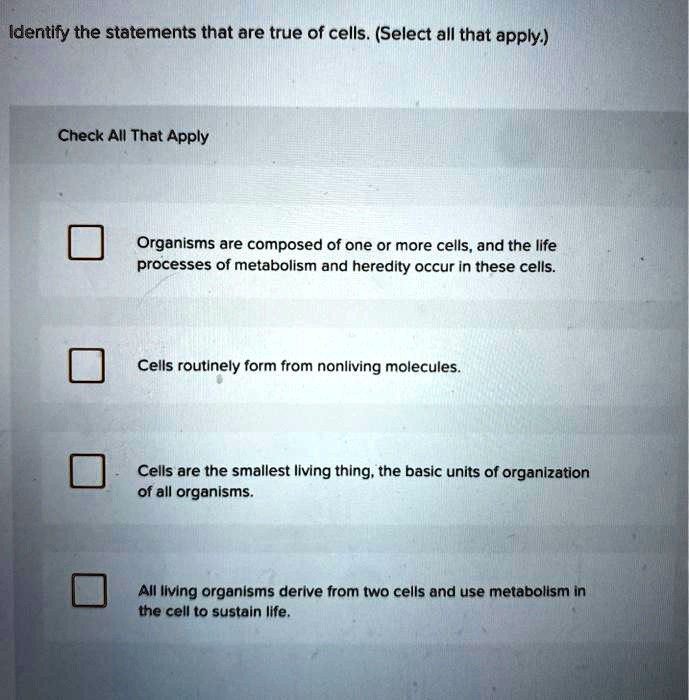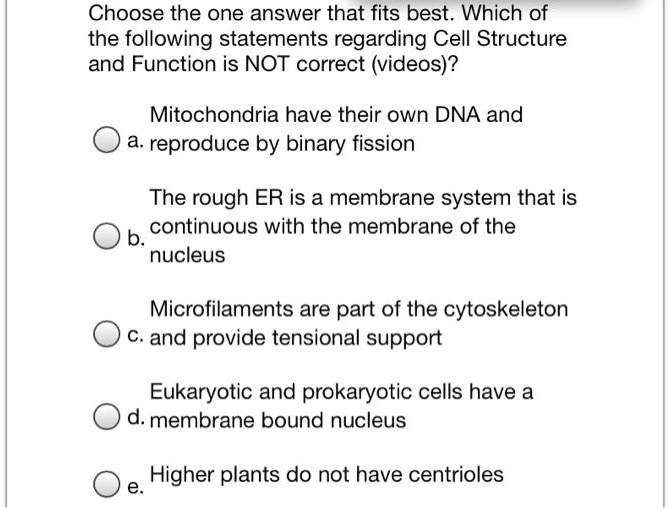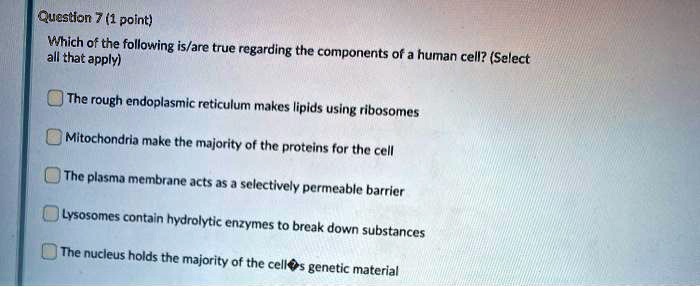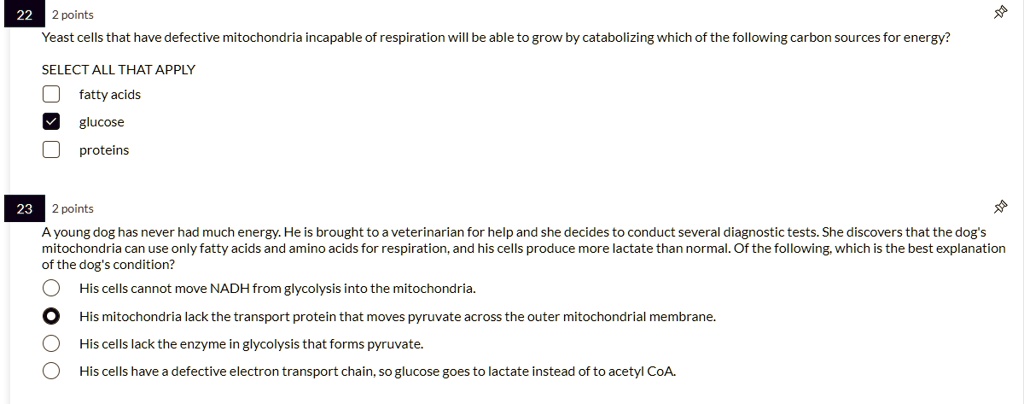Select All Of The True Statements Regarding Mitochondria.
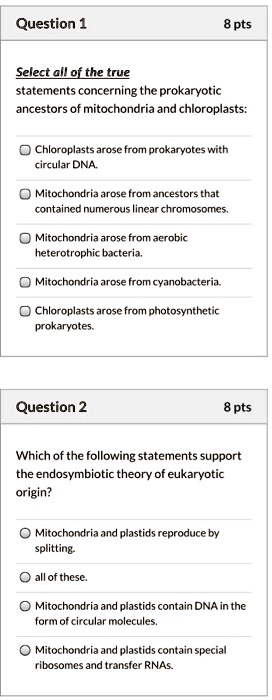
Mitochondria, often dubbed the "powerhouses of the cell," are far more complex and critical than their elementary school description suggests. Dysfunctional mitochondria are increasingly linked to a wide array of diseases, sparking intense research into their intricate roles. This article delves into the core functions and surprising characteristics of these vital organelles, clarifying common misconceptions and highlighting key discoveries.
The study of mitochondria has moved beyond simple energy production; it is revealing the organelle's central position in cell signaling, apoptosis (programmed cell death), and even aging. Scientists are racing to unravel the complex interplay between mitochondrial health and overall well-being. Understanding the truth about mitochondria is crucial for developing effective therapies for a host of devastating conditions.
Mitochondria: Beyond the Powerhouse
Mitochondria are eukaryotic organelles responsible for cellular respiration, the process of converting nutrients into energy in the form of ATP (adenosine triphosphate). This energy fuels all cellular activities, from muscle contraction to nerve impulse transmission. Without functional mitochondria, cells quickly succumb to energy depletion.
A common misconception is that ATP production is their sole function. However, mitochondria are also heavily involved in calcium signaling, a critical process for many cellular functions. They act as calcium buffers, regulating calcium levels within the cell to maintain proper function.
Furthermore, mitochondria play a crucial role in apoptosis. They release proteins that trigger the cell's self-destruction pathway when the cell is damaged or no longer needed. This carefully controlled process is essential for development and preventing the proliferation of cancerous cells.
The Truth About Mitochondrial DNA (mtDNA)
Mitochondria possess their own DNA, separate from the nuclear DNA found in the cell's nucleus. This mtDNA is circular and more closely resembles bacterial DNA, supporting the endosymbiotic theory. This theory posits that mitochondria were once free-living bacteria engulfed by early eukaryotic cells.
Unlike nuclear DNA, which is inherited from both parents, mtDNA is typically inherited solely from the mother. This maternal inheritance pattern has made mtDNA a valuable tool for tracing human ancestry and studying population genetics.
mtDNA also has a higher mutation rate than nuclear DNA, making it more susceptible to damage. Mutations in mtDNA can lead to mitochondrial diseases, a diverse group of disorders affecting various organs and tissues, especially those with high energy demands like the brain, heart, and muscles.
Mitochondria are Dynamic Organelles
Mitochondria are not static structures; they are highly dynamic organelles that constantly undergo fusion and fission. Fusion involves the merging of two mitochondria, allowing for the sharing of genetic material and proteins. Fission, on the other hand, involves the division of a mitochondrion into two smaller ones.
These processes are essential for maintaining mitochondrial health and responding to cellular stress. Fusion can help to compensate for damaged mtDNA by allowing healthy mitochondria to share their resources. Fission allows for the segregation of damaged mitochondria, which can then be removed through autophagy.
The balance between fusion and fission is tightly regulated, and disruptions in this balance have been linked to various diseases, including neurodegenerative disorders like Parkinson's disease and Alzheimer's disease.
Mitochondria and Disease
As previously stated, mitochondrial dysfunction is implicated in a wide range of human diseases. Mitochondrial diseases, caused by mutations in either mtDNA or nuclear DNA, can manifest in diverse ways, affecting multiple organ systems. Symptoms can include muscle weakness, neurological problems, heart problems, and developmental delays.
Beyond these rare genetic disorders, mitochondrial dysfunction also plays a role in more common diseases like type 2 diabetes and cardiovascular disease. Impaired mitochondrial function can contribute to insulin resistance and increased oxidative stress, both of which are hallmarks of these conditions.
Furthermore, mitochondria are implicated in the aging process. The "mitochondrial theory of aging" suggests that accumulated damage to mitochondria over time contributes to cellular decline and age-related diseases. Research is ongoing to determine whether interventions that improve mitochondrial function can slow down the aging process.
Therapeutic Strategies Targeting Mitochondria
Given the critical role of mitochondria in health and disease, researchers are actively developing therapeutic strategies targeting these organelles. One approach involves developing drugs that directly improve mitochondrial function, such as increasing ATP production or reducing oxidative stress.
Another strategy focuses on preventing mitochondrial damage through lifestyle interventions like exercise and dietary modifications. Exercise, in particular, has been shown to promote mitochondrial biogenesis, the process of creating new mitochondria. Certain diets, such as the ketogenic diet, can also improve mitochondrial function.
Finally, gene therapy approaches are being explored to correct mutations in mtDNA or nuclear DNA that cause mitochondrial diseases. While these approaches are still in early stages of development, they hold promise for treating these debilitating conditions.
Future Directions in Mitochondrial Research
Mitochondrial research is a rapidly evolving field with many exciting avenues for future exploration. Scientists are working to develop more sophisticated tools for studying mitochondrial function and dynamics in living cells.
There is also growing interest in the role of mitochondria in inter-organelle communication. Mitochondria do not operate in isolation; they interact closely with other organelles, such as the endoplasmic reticulum and the nucleus, to coordinate cellular function.
Ultimately, a deeper understanding of mitochondrial biology will pave the way for the development of more effective therapies for a wide range of diseases. By targeting these cellular powerhouses, we may be able to improve human health and extend lifespan. The future of medicine may well be intertwined with the secrets held within these tiny, but vital, organelles.
